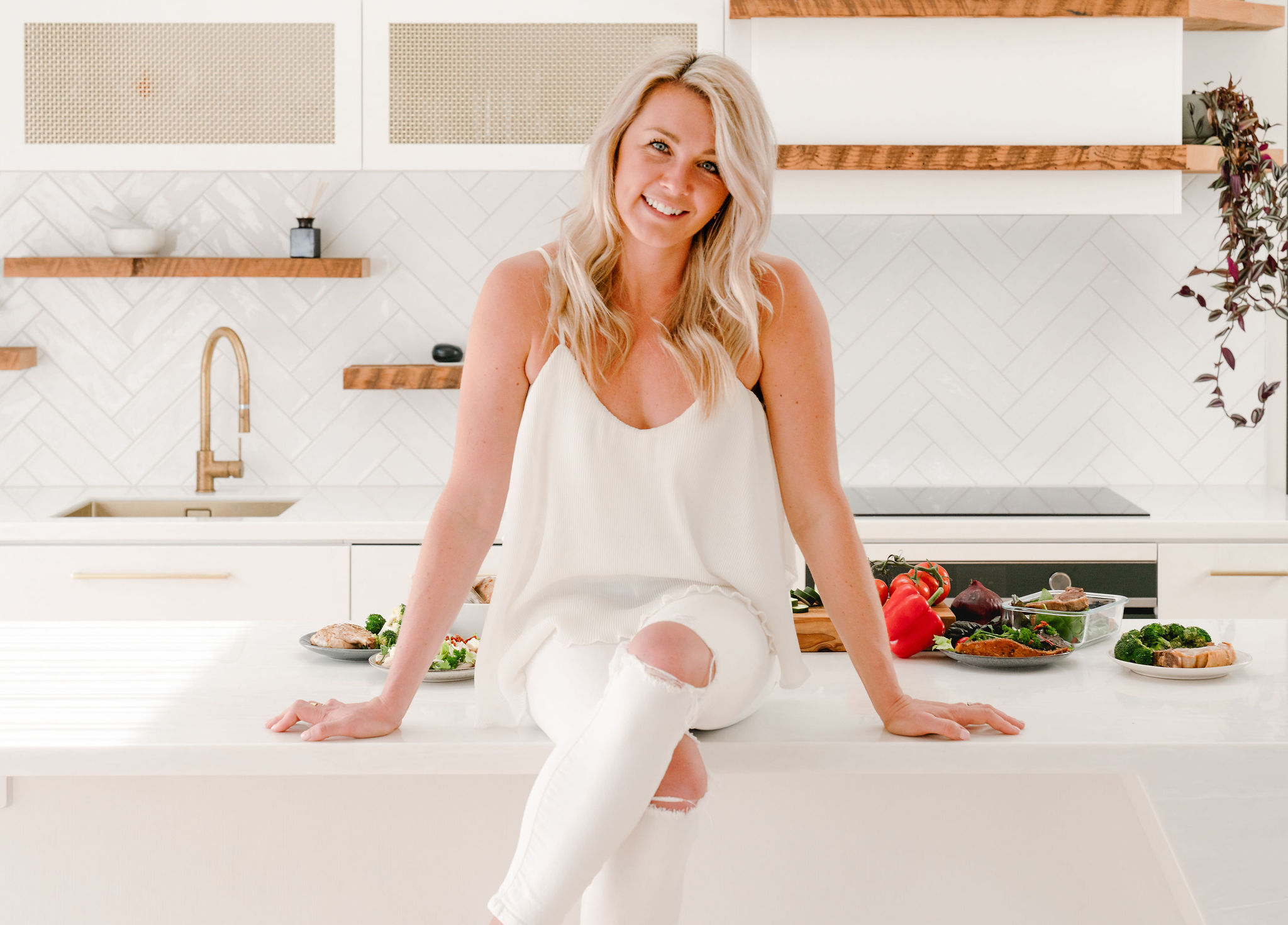Amy Ede is flipping the script on healthy eating standards.
The Cromwell-based fitness and nutrition coach — and regular The News columnist — has a background in human geography, studying the epidemiology of obesity, consumption spaces and food security.
She also studied through the New York-based Institute of Integrative Nutrition, looking at a holistic approach to wellness.
After working with clients one-on-one for the past three years, Mrs Ede realised people were all making the same mistakes.
From the 60kg woman wanting to feel a bit more comfortable in her own skin to the 140kg-plus man who had undergone a failed gastric bypass, it was the same story — eating ‘‘healthy’’ by filling up on carbohydrates and choosing low-fat alternatives.
‘‘Most people are eating 35 to 45 teaspoons of sugar per day in healthy carbohydrates,’’ she said.
‘‘Some people are genuinely eating their muesli, eating their avocado on toast . . .then having some sushi for lunch, and then they’re having some carrots and hummus — which all sounds really healthy, and like it would be really good for you, [but] all spiking your glucose in a huge way.’’
All that, without achieving results and feeling miserable in the process.
They were mistakes Mrs Ede, too, had made in the past.
‘‘I spent years eating porridge oats for breakfast, brown pasta, brown rice, brown bread, lowfat sandwiches — I was about 12kg heavier and it was uncomfortable.
‘‘All that on top of sugar . . . I was eating low-fat yoghurts that [I believed] were good for me because they were low-fat.’’
By the 1980s the low-fat revolution — touted as the solution for high cholesterol and expanding waistlines was embraced and became ingrained in health guidelines across the world, including New Zealand.
For years, the food pyramid was based on a base of cereals, grains, vegetables and hardly any fat or sugar.
After we eat our body breaks down carbohydrates into glucose — sugar — which it uses for energy. Any excess is converted into fat and stored in our body fat cells.
Decades later, the Atkins Diet, and later Keto, entered the scene, focusing on training the body to use fat for fuel, but the old understanding of fat being bad had a firm grip on Kiwis’ understanding of healthy eating.
Helping her clients unlearn what they had known about food for a lifetime was a challenge but she was seeing positive changes in their health journeys, Mrs Ede said.
‘‘I think there’s so much that goes into the nutrition guidelines that is . . .warped maybe by old — the low-fat era in the ’80s . . .’’
‘‘I am being quite controversial and it does take balls to turn around when everyone’s talking about veganism . . .I’m throwing away the freaking rule book and saying the opposite of what everyone’s being told by the Government and organisations.’’
Putting it to the test
Central Otago bureau chief Shannon Thomson is putting Amy Ede’s advice to the test and trialling her 12 week programme to see if it works. Keep an eye out in next week’s edition for the first update.





